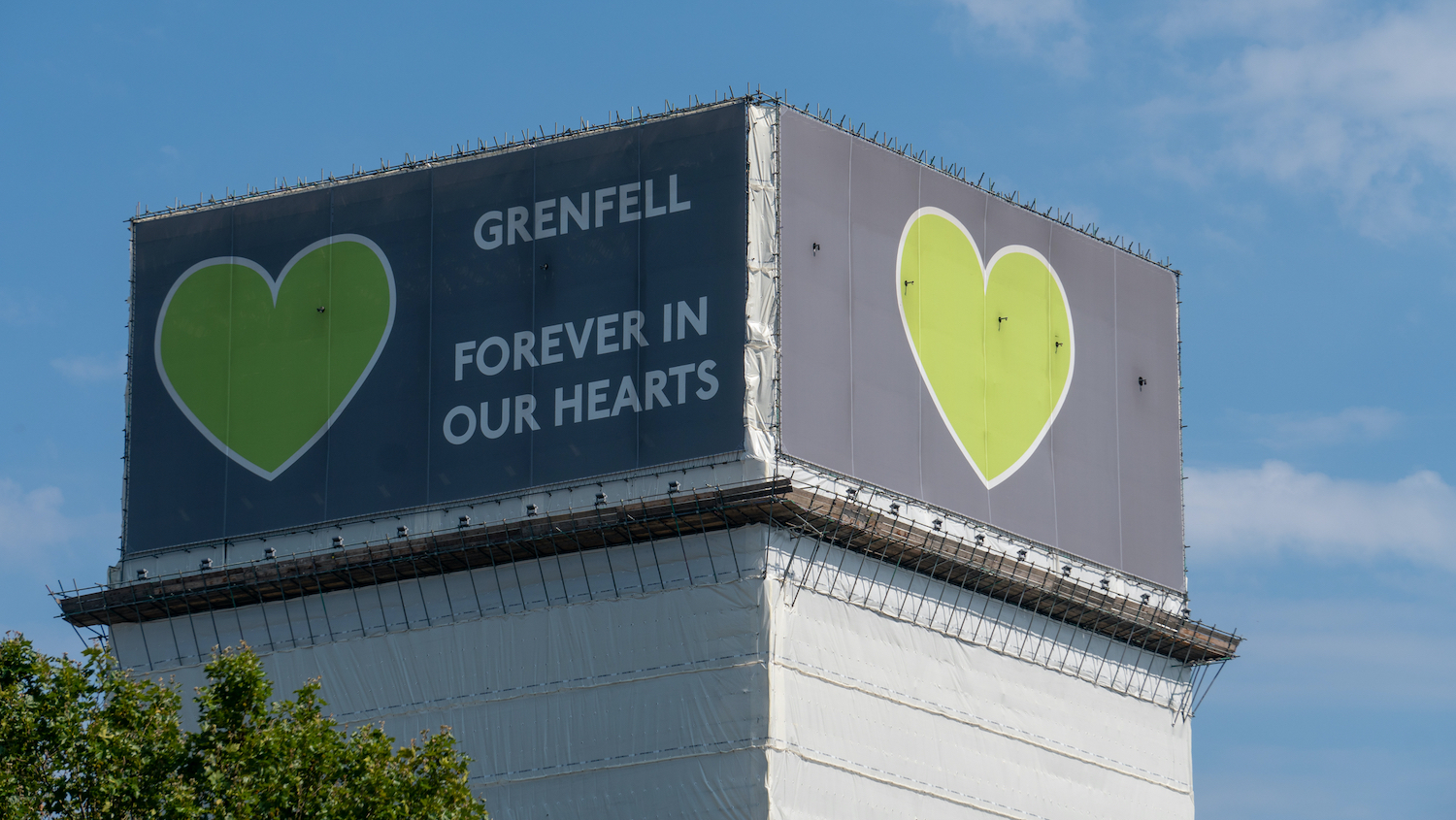
Will the Grenfell fire engineer recommendation fix the competence problem?
Fire engineer training must go further than theory if the built environment wants to prevent more deadly disasters, an industry expert tells CIOB People
The words skill, competence and incompetence appear a total of 223 times across the 1,700 pages of the final Grenfell Inquiry report. They highlight the construction industry’s severe deficiencies in this area, which fatally contributed to the Grenfell Tower fire that killed 72 people on 14 June 2017.
One of the roles that came under scrutiny at the inquiry was that of the fire engineer. Evidence presented at the hearings revealed that not everyone who claims to be one is a competent professional or understands the complexities of the field.
A damning example comes from fire engineer consultancy Exova, which the inquiry said had an “unprofessional approach” and its work on the Grenfell Tower project “fell a long way short of the standard to be expected of a reasonably competent fire engineer”.
To prevent unqualified people from assessing the fire safety of buildings, one of the inquiry’s recommendations asks for the fire engineer profession to be formally recognised by law – including protecting its title and function – and establishing an independent body to regulate it.
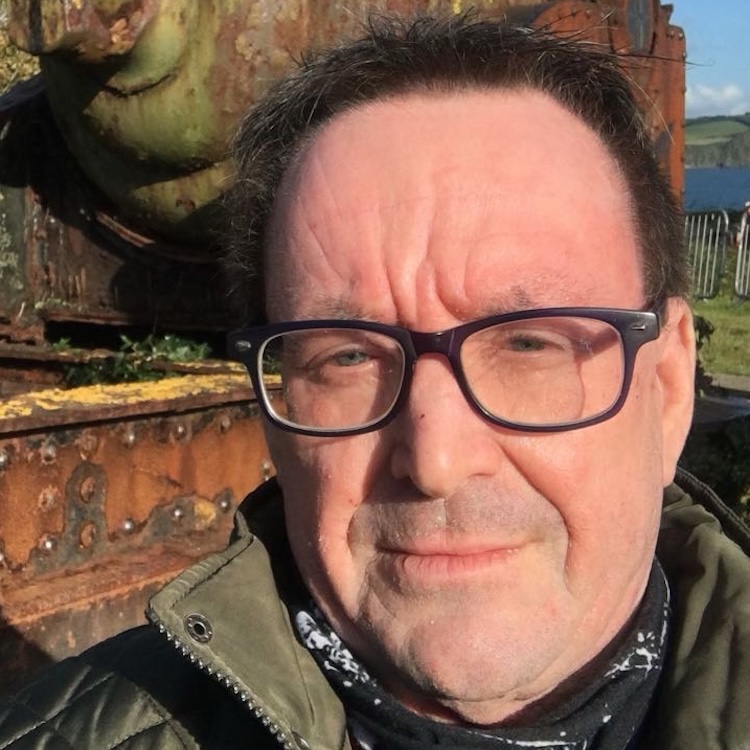
As an experienced and competent fire engineer, I see a number of civil or structural engineers writing reports in fire matters since Grenfell using a chartered engineer (CEng) qualification but used in a fire engineer capacity
‘Slightly bemusing’ recommendation
For Jason Sandland MCIOB MIFireE, a senior fire engineer and building surveyor with more than two decades of experience in the industry, the recommendation to establish an independent chartered body for fire engineers is "slightly bemusing”. There is already a century-year-old organisation – the Institution of Fire Engineers (IFE) – that qualified fire engineers typically join.
“However, as an experienced and competent fire engineer, I see a number of civil or structural engineers writing reports in fire matters since Grenfell using a chartered engineer (CEng) qualification but used in a fire engineer capacity,” Sandland tells CIOB People. “In this respect, the inquiry’s suggestion seems justified, but possibly not recognising credible bodies already in place.”
Since most reliable fire-associated reports require a self-declaration of competency, Sandland thinks that adding a statement that confirms they are qualified fire engineers could be a first step towards resolving the issue of competence.
Fire engineers: ‘a very rare breed’
Professor Michael Parrett FCIOB, an independent consultant building pathologist, explains that fire engineers have historically been “a very rare breed”, which in turn has led to the hiring of less qualified and experienced people to look after the inspection of fire safety in buildings.
“I think what’s been going [on] for many years, decades in fact, is complacency and demeaning expertise amongst built environment professionals, certainly within social housing providers and local authorities,” he says. “Maybe that could be due to control of salaries or not employing professional staff.”
Over the more than three decades that he spent working in public housing, Parrett says that formal qualifications gradually stopped being a requirement as an offshoot of money-saving efforts and constrained budgets:
“There was this general lack of need to have qualified people, and that includes the area of fire assessment,” he says.
To illustrate this case, Parrett recalls an example he regularly witnessed of painting communal areas in tower blocks, which often involved applying a coat of paint over an existing layer. This practice can have a detrimental impact on safety as fire can spread through several layers of paint.
“This wasn’t understood years ago because there wasn’t the expertise to understand it,” adds Parrett. “We would have a technical inspector going around doing the external and internal pre-painting repair schedules, but this didn’t reflect the fact that putting several layers of paint on communal stair walls, which are the main fire escape in a building, would cause fire to spread rapidly.”
‘More real life’ training
But qualifications and recognising by law the title of fire engineer, as the Grenfell Inquiry recommends, might not be enough to solve the competence problem.
After all, Exova’s principal fire engineer – who signed off the fire safety strategy for Grenfell Tower ahead of its refurbishment as “fine” despite it having multiple “omissions and assumptions and gaps” – had a PhD and was a chartered fire engineer.

Fire engineer training should be linked to the type of training and exposure that the fire and rescue services themselves receive, as well as a full understanding of the assessment requirements for material testing
Parrett believes that fire engineer training should not just include theoretical elements but also a practical side to make it “more directly vocational and much more real life”.
Although the minimum standard qualifications currently required from fire engineers include a higher degree, he thinks that these courses lack practical applications about how to carry out a “meaningful” risk assessment of an existing building.
That expertise is found instead among the fire and rescue services, which have a reactive role rather than one focused on prevention.
“Fire engineer training should be linked to the type of training and exposure that the fire and rescue services themselves receive, as well as a full understanding of the assessment requirements for material testing, especially in respect of materials used in facade design like ACM and cladding of existing buildings,” Parrett tells CIOB People.
“All of this additional pathology, if you like, should be interpolated within the remit of training for fire engineers.”
Towards a preventative approach
Parrett welcomes the Grenfell Inquiry’s fire engineering recommendations as positive steps that will help increase accountability among fire engineers and make it easier to address misconduct and incompetence.
However, he adds that its success will depend on careful planning, execution and ongoing evaluation, and, as such, it should be part of a broader effort that includes strengthening building codes, improving inter-agency communication and fostering a culture of safety in construction and design.
“Only through a multifaceted approach can systemic issues be highlighted and effectively addressed,” Parrett says.
He adds that the UK built environment could learn from holistic and preventative approaches such as those present in the United States and certain Asian countries, which avoid having ‘stay put’ policies but use graduated escape at the outset of a tower block fire.
He hopes that construction can change its culture to become proactive and “start building a railing at the top of the cliff, instead of equipping the ambulance at the bottom”.
Parrett concludes: “My father told me when I was a young lad growing up, ‘son, you must always remember you’ll learn more from failure in life than you ever will from success’. There’s something fundamentally right about what he said, but it’s so fundamentally wrong.
“Why should we keep on learning from failure? I think the success is to prevent the failure in the first place.”
Comments
Comments are closed.


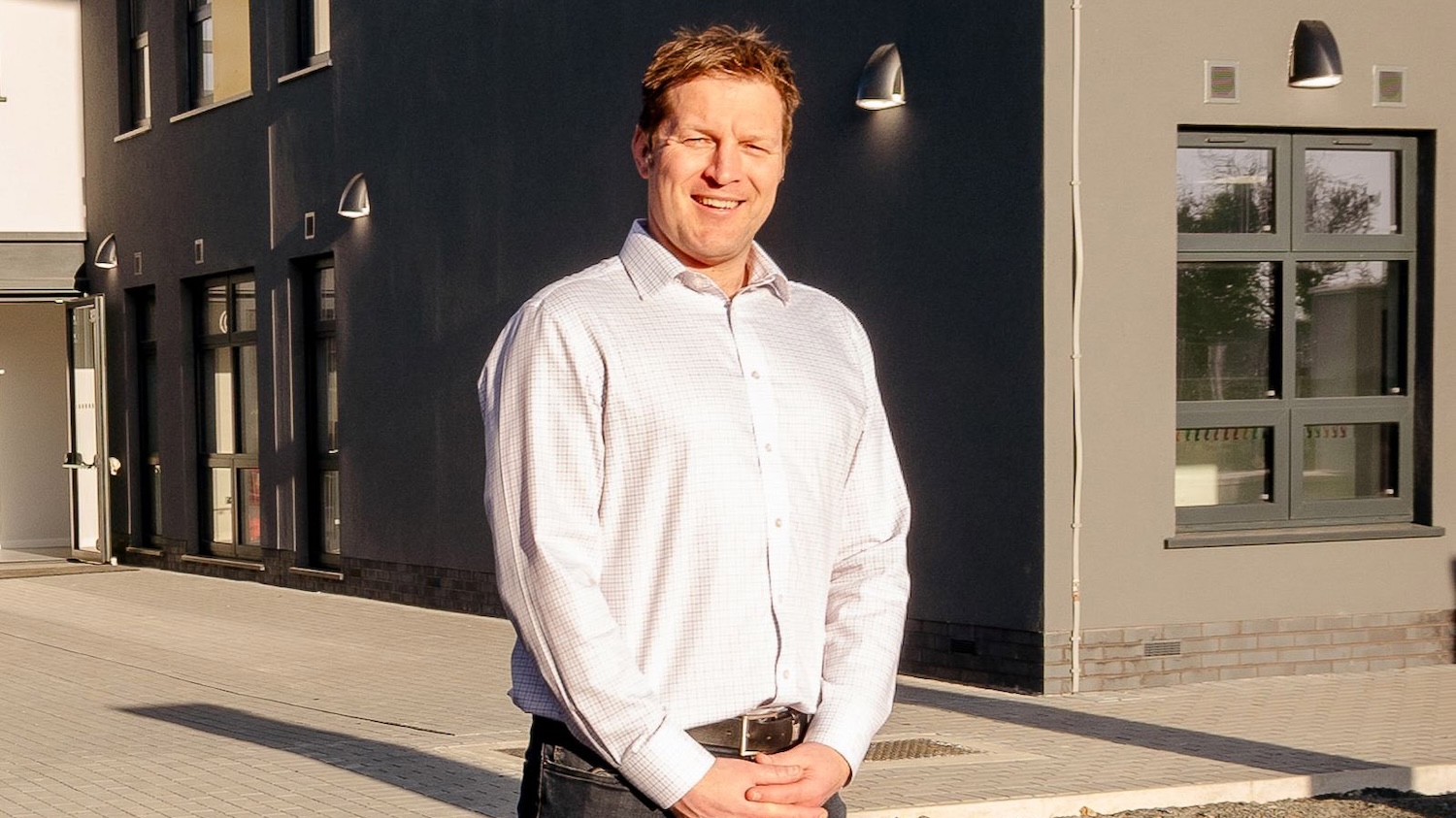

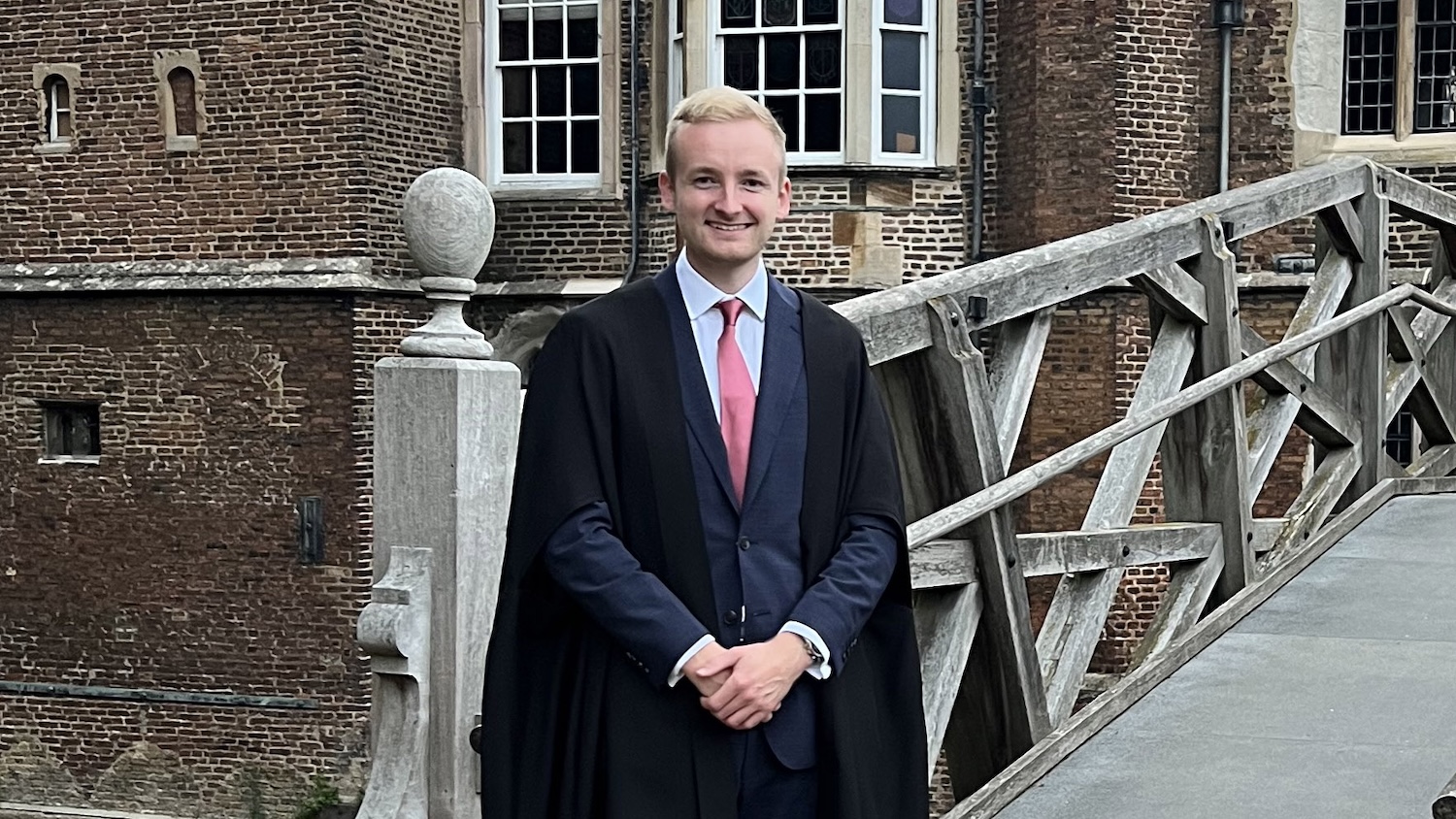

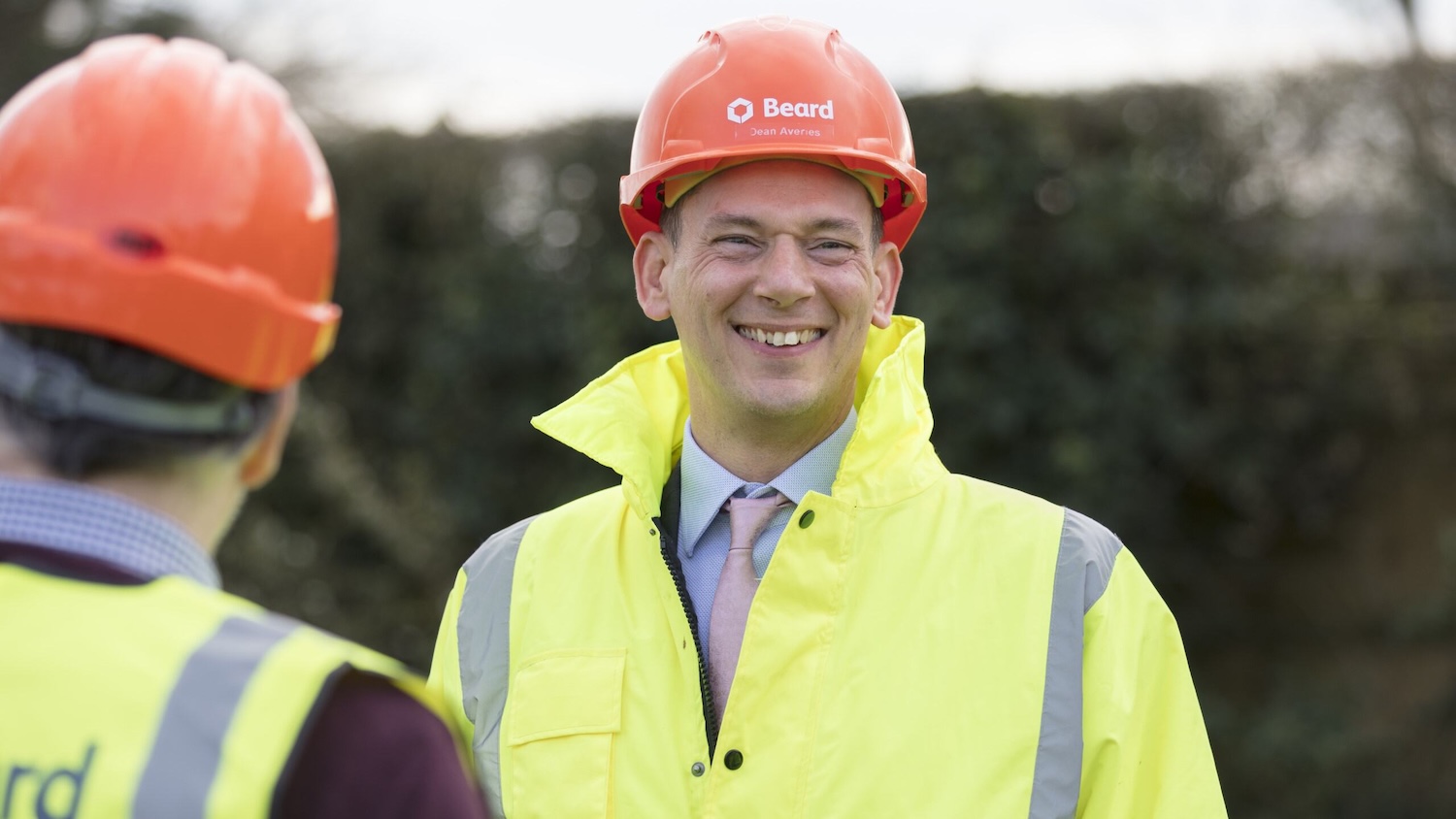

Qualifications and post-nominals have never been taken to exemplify competence.
I’m afraid they have been, and will continue to be, because people – especially those outside the field in question – consider them an indicator of education and experience in that field.
Mick Warwick
“principal fire engineer – who signed off the fire safety strategy for Grenfell Tower ahead of its refurbishment as “fine” despite it having multiple “omissions and assumptions and gaps” – had a PhD and was a chartered fire engineer”
Who defines “competence” and what if something happens beyond their definition?
Or would we rather have people who care and think?
Training has always been a hot topic throughout the industry, I believe it is better to understand the complexities of the wide range of subjects we partake in, perhaps degree apprenticeships backed by some real hands on experience would be far better than just a course at university. considerations could be made to extend the learning ensuring it is completely regulated with no loop holes.
I was a Retained Fireman for several years and a building surveyor for over 40 years and have attended many fires as local authority surveyor and a private surveying practice and I did not meet any building control officers at a fire scene.
There appeared to be no formal procedures to request the attendance at a fire scene even those with fatalities.